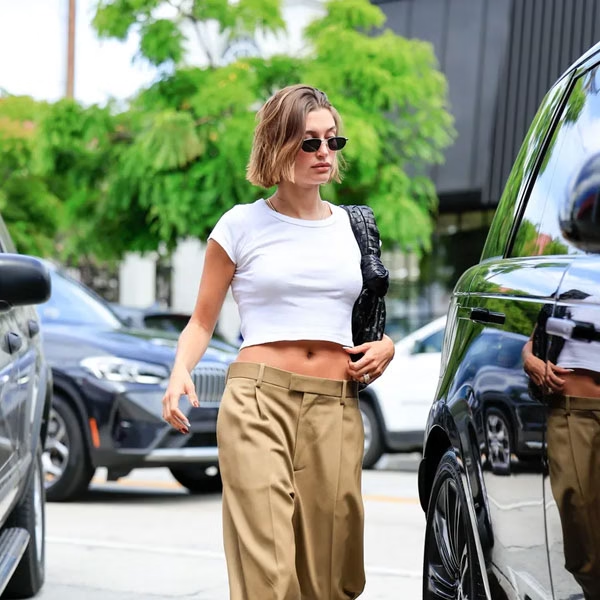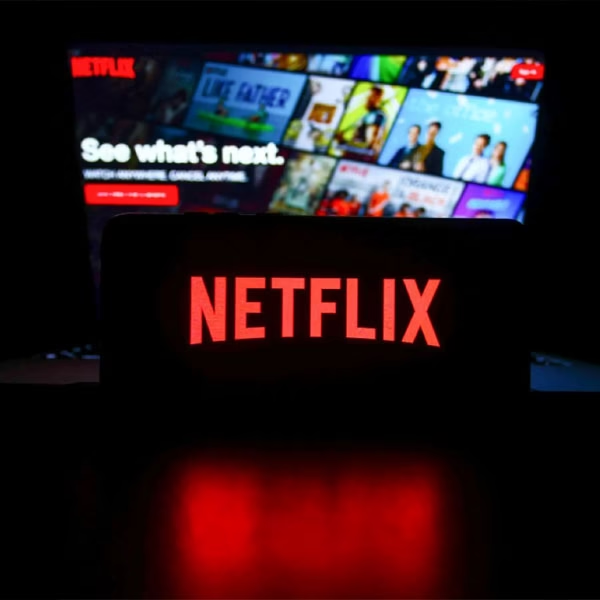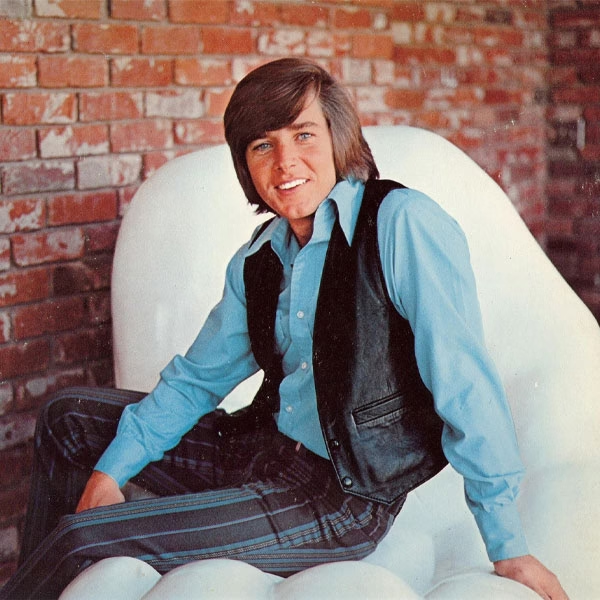In the fast-evolving fashion landscape of 2025, two opposing aesthetics have emerged as dominant forces: Quiet Luxury and Maximalism. While both styles claim a deep cultural resonance, they express entirely different visions of self-presentation. One whispers affluence through understated elegance, the other shouts confidence via bold textures, vibrant palettes, and eclectic patterns.
The fashion world is witnessing a distinct shift in how consumers define status, taste, and self-identity. As luxury houses and influencers embrace these polarized aesthetics, it’s vital to understand where the lines are drawn—and which style is winning the global wardrobe war.
What is Quiet Luxury in 2025?
Quiet Luxury, often associated with terms like “stealth wealth” or “invisible affluence,” is an aesthetic rooted in minimalism, quality craftsmanship, and understated elegance. It’s a style that rejects logos, flashy designs, or overt branding in favor of subtlety and sophistication.
Core Elements of Quiet Luxury
-
Neutral color palettes: Soft beige, slate grey, ivory, navy.
-
Tailored silhouettes: Clean lines, structured cuts, minimalist shapes.
-
High-quality materials: Cashmere, silk, wool, organic cotton, Italian leather.
-
Brand invisibility: Luxury without visible logos or monograms.
-
Timeless over trendy: Styles that endure beyond seasons.
Celebrities such as Rosie Huntington-Whiteley, Zendaya, and even tech billionaires have been spotted in garments that radiate refinement but without fanfare. In 2025, fashion’s elite are investing in pieces that speak through detail, durability, and discretion.
Maximalism in 2025: Loud, Proud, and Unapologetic
On the other side of the spectrum lies Maximalism—a style that thrives on abundance, contrast, and theatricality. It’s not simply about wearing more; it’s about wearing everything that makes a statement, sometimes all at once.
Core Characteristics of Maximalist Fashion
-
Vibrant patterns and prints: Florals, animal prints, stripes, baroque.
-
Layered textures: Velvet, sequins, faux fur, feathers, brocade.
-
Color explosions: Electric blue, hot pink, neon green, fiery red.
-
Bold accessories: Chunky jewelry, dramatic hats, oversized sunglasses.
-
Intentional clashing: Mixing aesthetics and eras without hesitation.
Maximalism champions self-expression over conformity, often drawing from art, street culture, and global influences. Designers like Alessandro Michele, Vivienne Westwood, and Jeremy Scott continue to inspire this daring aesthetic.
Why This Face-Off Matters in 2025
As digital fashion weeks, AI-generated clothing lines, and influencer-led trends reshape style standards, the Quiet Luxury vs. Maximalism debate symbolizes a deeper cultural divide: one between discretion and declaration, old money elegance and new money spectacle.
Economic shifts, social movements, and media narratives all feed into this polarization:
-
Post-pandemic consumption: Consumers are reevaluating materialism, leading to either reinvestment in timeless staples or a YOLO-style embrace of eccentricity.
-
Generational influence: Gen Z favors bold, ironic, and layered looks, whereas Millennials and Gen X increasingly lean toward elevated minimalism.
-
Influencer culture: TikTok and Instagram amplify extremes—either championing clean girl aesthetics or dopamine dressing.
Luxury Market Trends Reflecting the Divide
The luxury fashion market in 2025 is a tale of two growth trajectories.
Quiet Luxury on the Rise
According to the Bain & Company Luxury Report 2025, discreet luxury brands such as Loro Piana, The Row, Brunello Cucinelli, and Khaite have seen a 28% increase in year-over-year sales, driven by high-net-worth consumers seeking longevity and subtle status symbols.
Hermès, despite its global fame, exemplifies quiet luxury: its Birkin bags carry no logos but remain some of the most valuable fashion items in the world. Similarly, Zegna’s rebranding efforts and Bottega Veneta’s no-logo policy have solidified their Quiet Luxury status.
Maximalism Fuels Gen Z Market
Simultaneously, Maximalist fashion is thriving on platforms like Depop, TikTok, and Pinterest, with resale and vintage markets booming. Designers such as Marine Serre, Collina Strada, and LaQuan Smith cater directly to digital-native audiences craving individuality.
Collaborations between luxury houses and pop artists, like Balenciaga x Yeat or Versace x Doja Cat, exemplify maximalism’s reach. It’s no coincidence that many NFT fashion collectibles also mirror bold, outlandish styles over minimalist classics.
Cultural Influences Shaping Both Movements
Cinema and Pop Culture
-
The popularity of shows like “Succession” and “The Crown” reinforce Quiet Luxury’s presence through tailored, muted wardrobes.
-
Meanwhile, pop stars like Harry Styles, Lil Nas X, and Janelle Monáe have championed Maximalist style on global stages.
Social Media Aesthetics
-
On TikTok, the “Clean Girl Aesthetic” (#cleangirlaesthetic with 1.2B views) fuels the Quiet Luxury ideal.
-
Conversely, the “Eclectic Grandma” and “Cluttercore” trends support maximalism’s visual playground.
How Designers Are Navigating the Divide
The smartest fashion houses in 2025 are not picking sides—they’re designing across the spectrum.
-
Gucci continues to walk the line, offering both pared-down suiting and flamboyant runway fantasies.
-
Louis Vuitton introduces limited capsule collections for both styles: Quiet Voyager (a neutral-toned travel line) and Color Clash (a Gen Z-inspired experimental line).
-
Emerging brands like Totême and Sies Marjan merge minimalism with unexpected bursts of color, offering hybrid aesthetics.
Sustainability: Quiet Luxury vs Maximalism
Quiet Luxury’s Sustainable Edge
-
Emphasizes slow fashion principles.
-
Favors natural fibers, small-batch production, and long lifecycle products.
-
Customers invest in fewer, better-quality pieces.
Maximalism’s Circularity Advantage
-
Champions vintage shopping, upcycling, and rental fashion.
-
Encourages reuse through creative recombination of existing pieces.
-
Drives engagement with resale platforms, reducing fashion waste.
Both styles can be sustainably practiced, though their approaches differ significantly.
Psychology Behind the Style Choice
The styles one chooses in 2025 say as much about their psychology as their taste.
-
Quiet Luxury Wearers are often driven by a desire for refinement, financial discretion, and internal confidence.
-
Maximalists, on the other hand, signal a need for visibility, joy through color, and individual storytelling.
A recent Fashion Psychology Institute survey revealed:
-
67% of Quiet Luxury adherents said their clothes help them “feel calm and in control.”
-
72% of Maximalists stated their fashion makes them “feel energized and uniquely seen.”
Real-World Fashion Case Studies
Case Study 1: Quiet Luxury – Sofia Richie Grainge’s Wedding
In April 2023, Sofia Richie Grainge’s wedding in the South of France defined Quiet Luxury for a new generation. Wearing a Chanel Haute Couture gown with no overt branding and opting for minimal makeup, she became a viral icon for understated elegance. Her entire bridal wardrobe was later analyzed by Vogue and redefined modern grace.
Case Study 2: Maximalism – Met Gala 2025
At the 2025 Met Gala themed “HyperDreams: The Future of Fantasy,” celebrities like Doja Cat, Lil Nas X, and Florence Pugh turned heads with flamboyant, otherworldly designs. Iris van Herpen’s kinetic dresses and Thom Browne’s architectural suits led the way in futuristic maximalism.
Where Do Consumers Stand in 2025?
While the luxury fashion debate rages on, consumer behavior shows a split reality:
-
36% favor Quiet Luxury for work, formal events, and day-to-day wear.
-
41% lean toward Maximalism for parties, social media, and self-branding.
-
23% mix both, adapting depending on mood, environment, or season.
Digital Fashion’s Role
As fashion enters the metaverse and AR spaces, both styles are being reimagined digitally:
-
Quiet Luxury digital pieces are being sold on platforms like SYKY with price tags reflecting exclusivity.
-
Maximalist skins and wearables dominate gaming fashion and virtual concerts, where attention is currency.
Conclusion: Can One Aesthetic Truly Win?
The answer lies in personalization, context, and cultural alignment. In 2025, fashion no longer adheres to absolutes—it celebrates choice. Whether you lean into the serene luxury of tailored cashmere or the vibrancy of sequined rebellion, both aesthetics represent powerful expressions of identity.
Key Takeaways
-
Quiet Luxury signals wealth through subtlety and longevity.
-
Maximalism embodies expression and emotional energy.
-
Both styles are thriving, often overlapping and evolving.
-
Sustainability and psychology play key roles in adoption.
-
The fashion world in 2025 is not binary; it’s a blended spectrum.
As brands, influencers, and everyday wearers continue to shape fashion’s future, the Quiet Luxury vs. Maximalism conversation will remain central to how style is defined—and redefined—in a globalized, digital-first world.
You May Also Like: Coastal Lobster Prints Dominate Summer 2025







